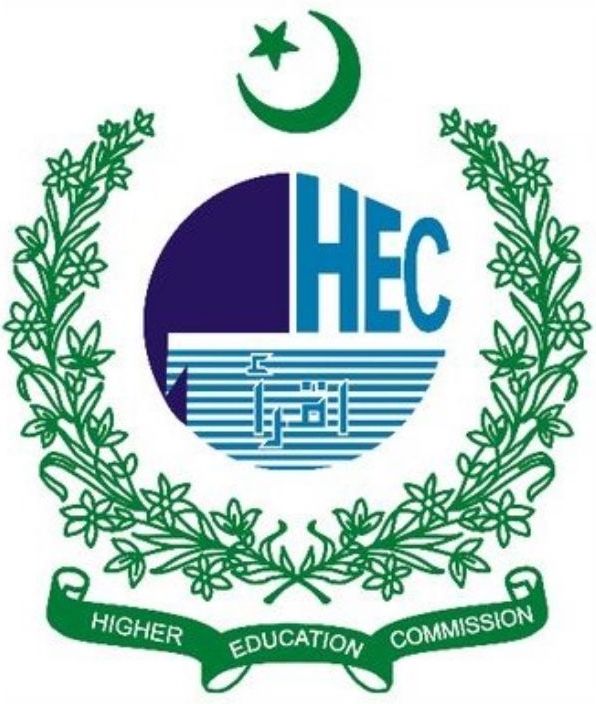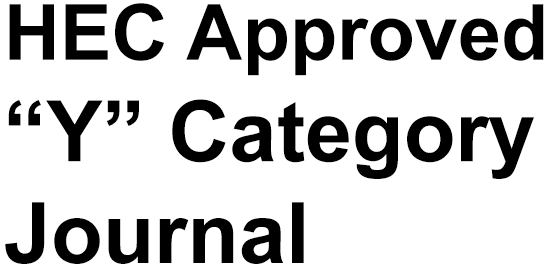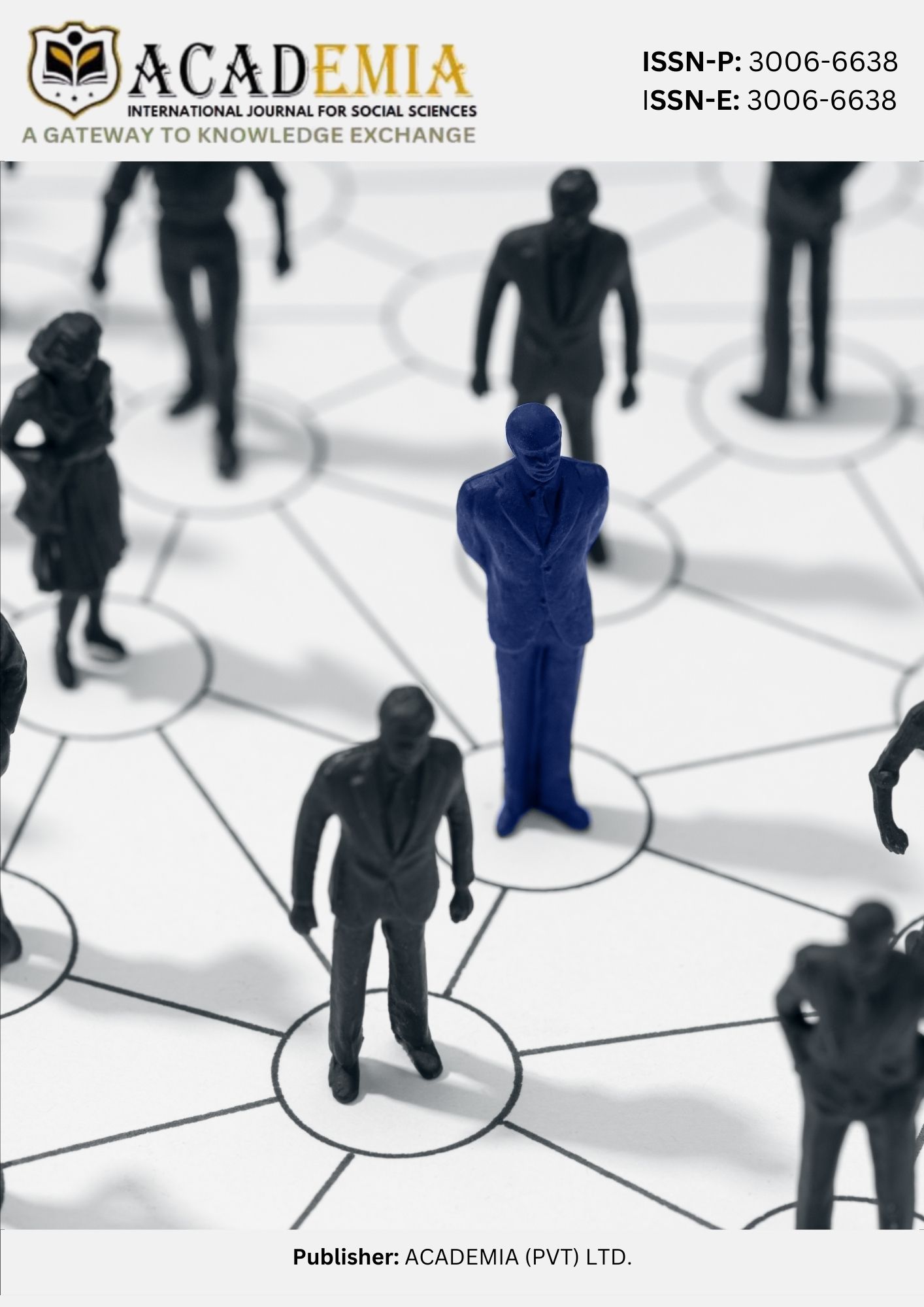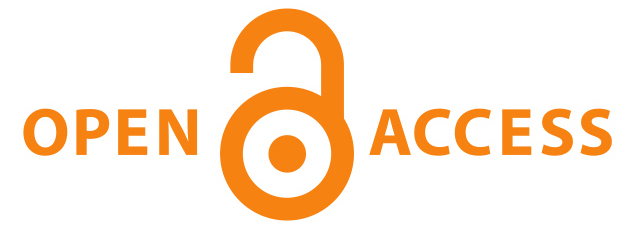Prohibition on the Use of Human Shields Under International Humanitarian Law: Exploratory Study
DOI:
https://doi.org/10.63056/ACAD.004.01.0136Keywords:
Human Shield, , IHL, Geneva Conventions, , Additional Protocols, , Non-combatantsAbstract
In armed conflicts, the deployment of human shields has frequently been a key subject matter in international law and history. There have been several occurrences throughout the history of warfare in which non-combatants have been ruthlessly killed with the intent to be used as human shields. “The term ‘human shields’ is described as the method of warfare that is used to shield military objectives from attack, or to shield, favor or hold back military operations.” This research aimed to investigate the legitimacy of human shields under International Humanitarian Law (IHL). Furthermore, it has examined the ethical and legal use of human shields during hostilities by exploring the principles and laws that regulate their conduct. Firstly, this paper begins by defining human shields and contrasting the differences between forced and voluntary human shields in purpose and consent and compares the evolving characteristics of contemporary armed conflicts and the possibility that non-combatants might unintentionally or voluntarily engage in hostilities. Secondly, this paper has focused on presenting an extensive conception of the complex moral issues surrounding the use of human shields by analyzing the significant elements of IHL, mainly outlined in the Additional Protocols of the Geneva Conventions. Moreover, the principles of distinction, proportionality, and necessity in the employment of human shields are analyzed. The research methodology for the paper is doctrinal. The researcher has used both the primary and secondary sources of humanitarian law, international conventions, treaties, statutes, scholarly articles, and online sources on the subject of IHL to gather data.
Downloads
Published
Issue
Section
License
Copyright (c) 2025 Shaikh Fatima Alvi, Arun Barkat, Rehana Anjum (Author)

This work is licensed under a Creative Commons Attribution 4.0 International License.












